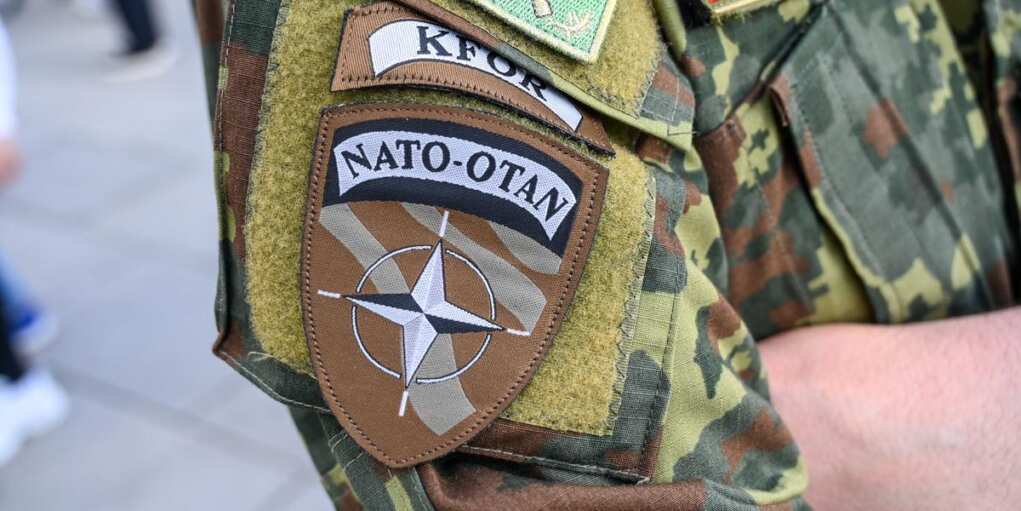Defend And Deter — Trump Stands Firm As Poland Presses NATO

Poland just forced NATO to look up from the papers. After a swarm of Russian drones crossed into its airspace, Warsaw pulled the lever that demands allied attention. The message to Moscow and Minsk is simple: the line is real.
Prime Minister Donald Tusk said at least nineteen Russian drones violated Polish airspace. Poland requested consultations under NATO’s Article 4, which reads: “The Parties will consult together whenever, in the opinion of any of them, the territorial integrity, political independence or security of any of the Parties is threatened.” That is the alliance’s warning light.
NATO aircraft scrambled. Polish F-16s and at least one Dutch F-35 took part, and Polish air defenses shot down three, and possibly four, of the intruders. No lives were lost, but property was damaged.
The interception count does not reflect a weak response. Air defenders focus on drones headed toward people or critical sites. That is how responsible militaries limit risk and protect civilians.
This breach came as Russia hit multiple parts of Ukraine with 415 drones, 42 cruise missiles, and one ballistic missile. The drones that reached Poland transited Belarus. They appear to be unarmed Gerbera reconnaissance or decoy platforms, according to early assessments.
Some have suggested Ukrainian electronic warfare may have pushed drones off course. But the drone type and the path through Belarus point to a deliberate probe of Poland’s radar, command system, and response time. It looked like a test, not an accident.
Tusk stressed the key change. “What is new is the direction from which the drones violating Polish airspace came — for the first time in the history of this war, they did not come from over Ukraine \[but] a significant portion of these drones flew over Poland directly from Belarus,” he said.
Brussels took the breach seriously. Kaja Kallas, the European Union’s foreign affairs representative, called it “the most serious European airspace violation by Russia since the war began, and indications suggest it was intentional, not accidental.”
Moscow denied everything. The Russian chargé d’affaires in Poland, Andrei Ordash, dismissed the claims: “We consider the accusations groundless,” he told RIA Novosti. “No evidence that these drones are of Russian origin has been presented.”
Russia’s Ministry of Defense said “no targets on Polish territory were planned,” while insisting its operations struck Ukrainian military-industrial sites in the Ivano-Frankovsk, Khmelnitsky and Zhitomir regions, and the cities of Vinnitsa and Lvov. The ministry added that the “range of the unmanned aerial vehicles that have purportedly crossed the Polish border does not surpass 700 kilometers.” It also said, “However, we are ready to hold consultations with the Polish Defense Ministry on this matter.”
Facts on the ground are clearer than Russia’s talking points. Nineteen drones crossed into a NATO country. Fighters launched. Defenses engaged. Poland is using the exact mechanism NATO built for moments like this.
The next step is deterrence that leaves no wiggle room. Trump has vowed to increase sanctions on Russia and has long pressed for strength and burden-sharing inside NATO. That approach is about peace through power, not passivity through paperwork. America leads best when allies know we mean it.
Poland now weighs stronger air defense measures tied to the border and the approaches from Belarus. That would shield towns and infrastructure and make future probes costly. It is the rational move when a neighbor tests your fence.
This is a moment for clarity, not clever spin. Allies should consult fast, tighten the shield, and raise the price of aggression. The free world keeps its word by backing allies and punishing trespass. Stand firm, set the terms, and make Moscow back down.









